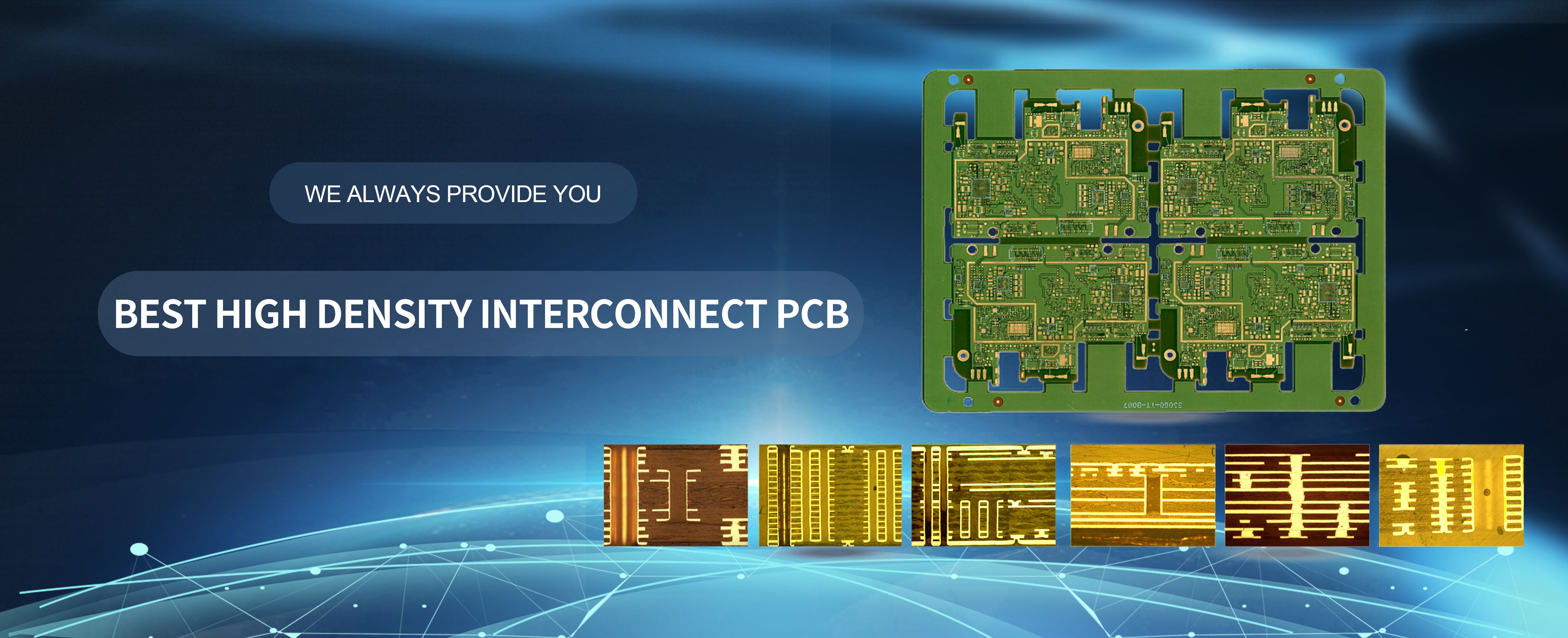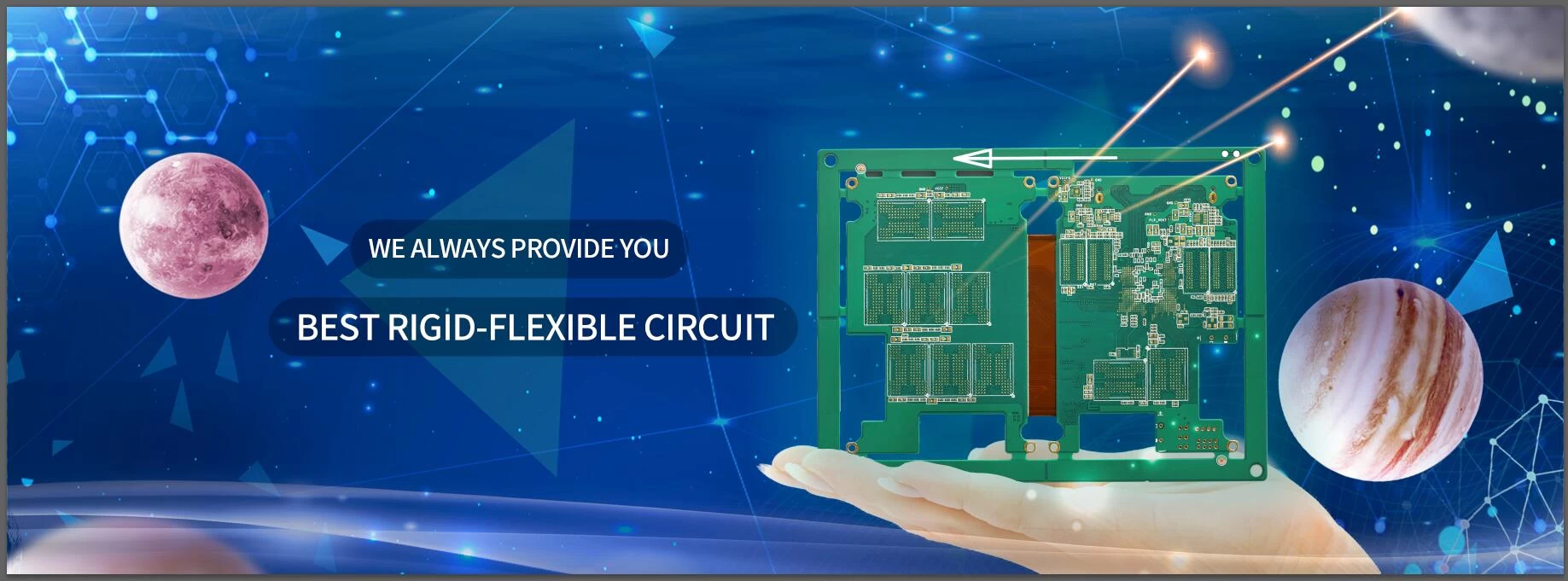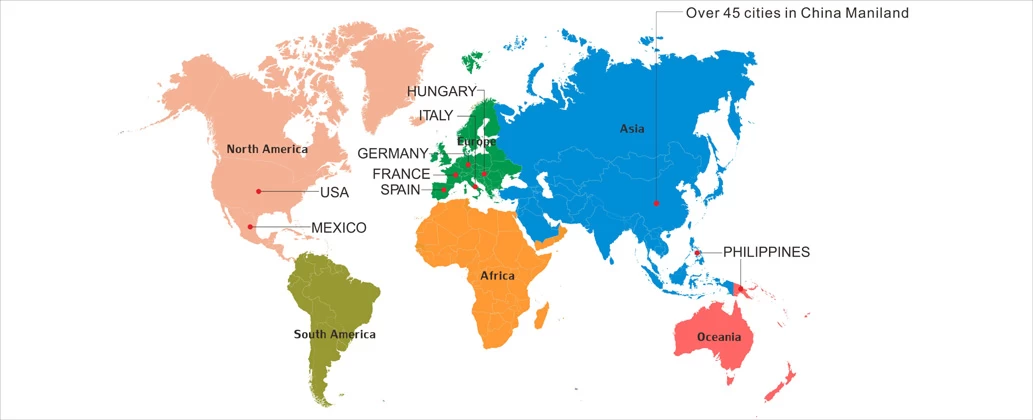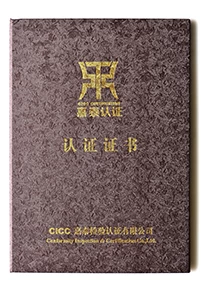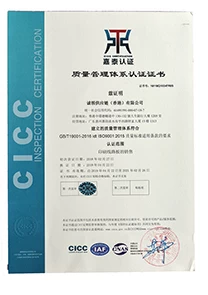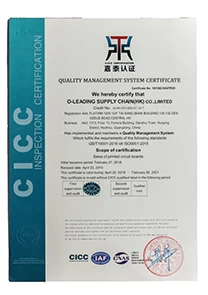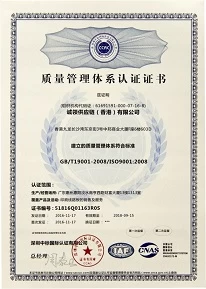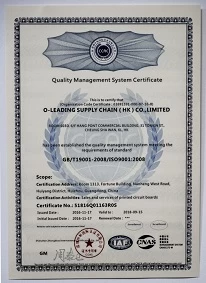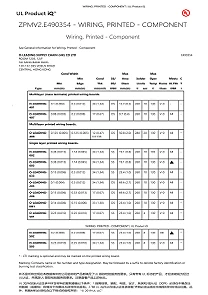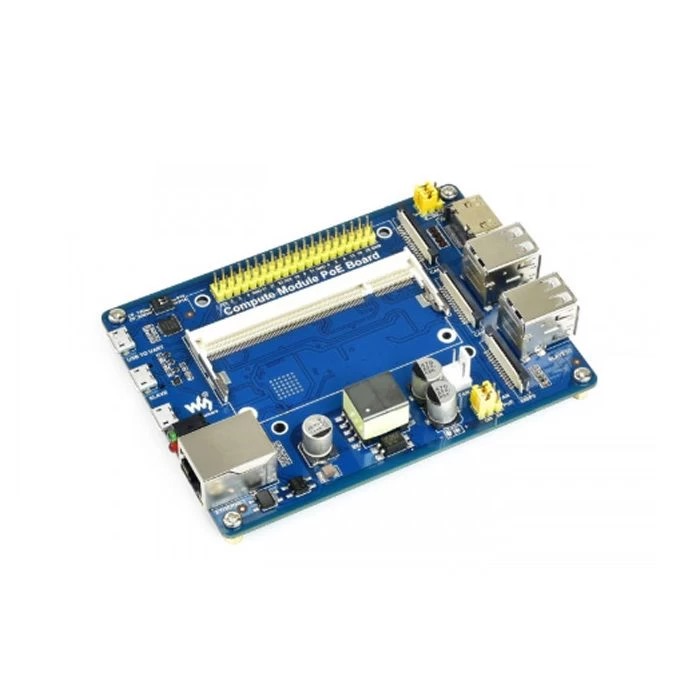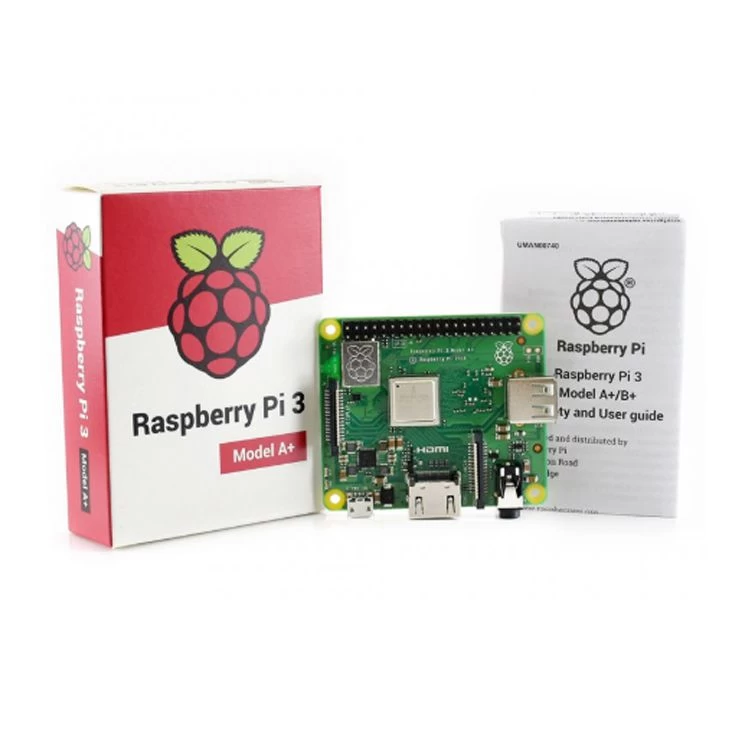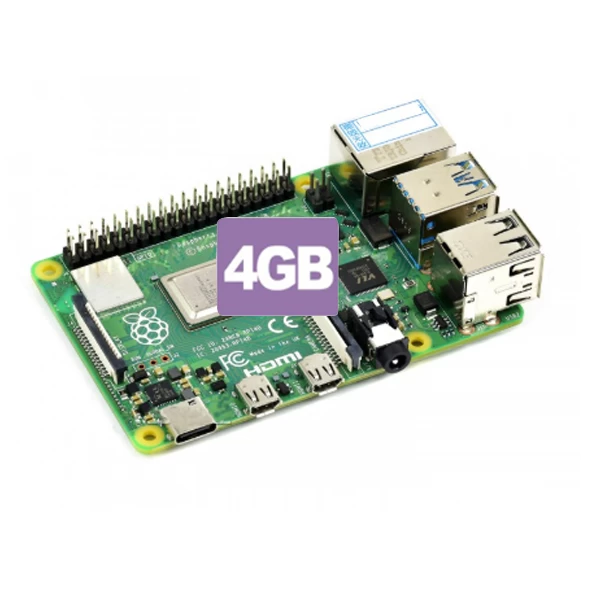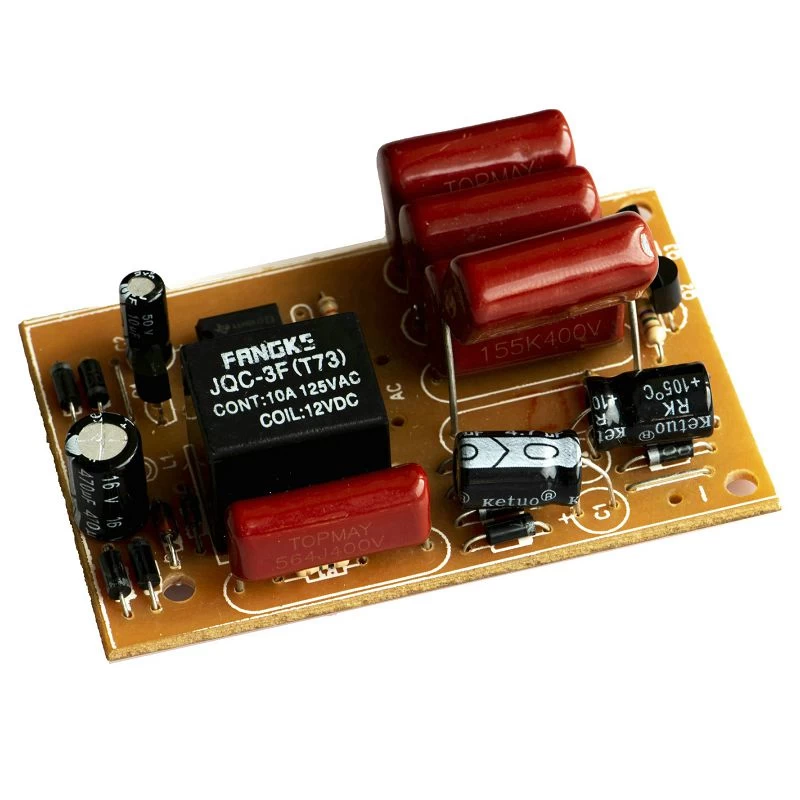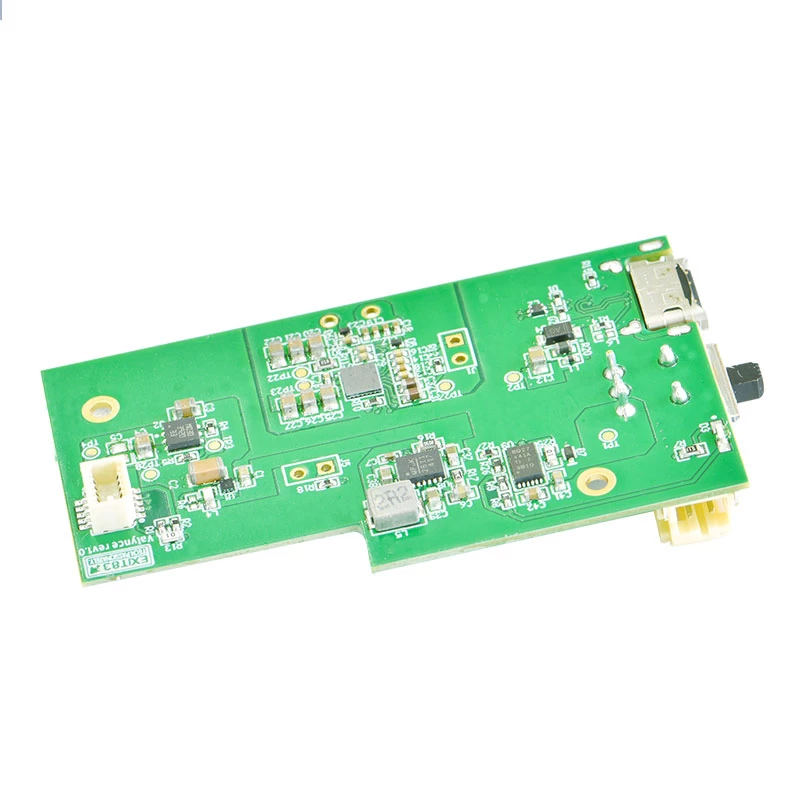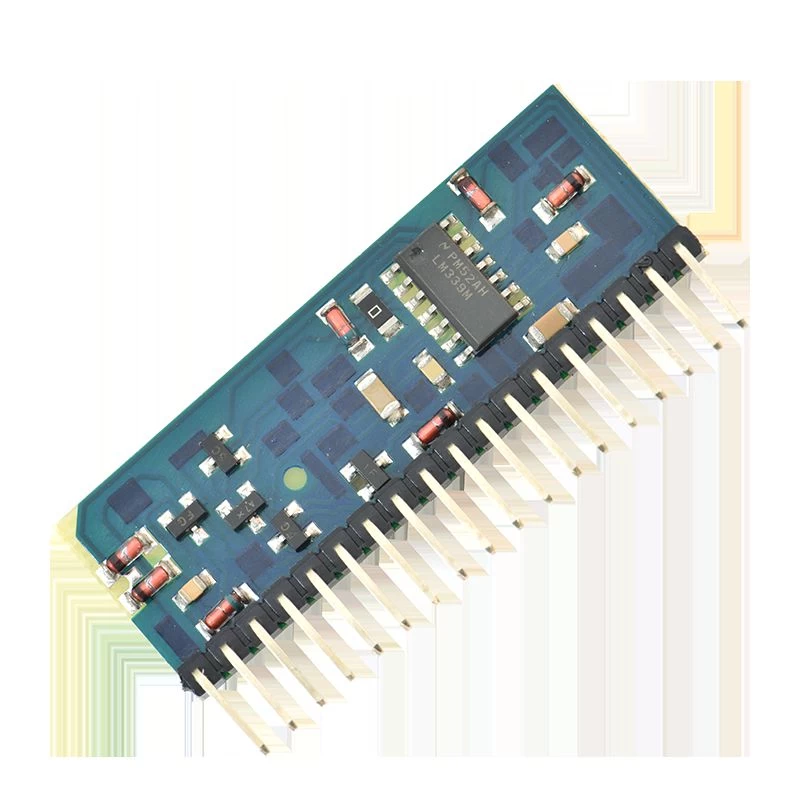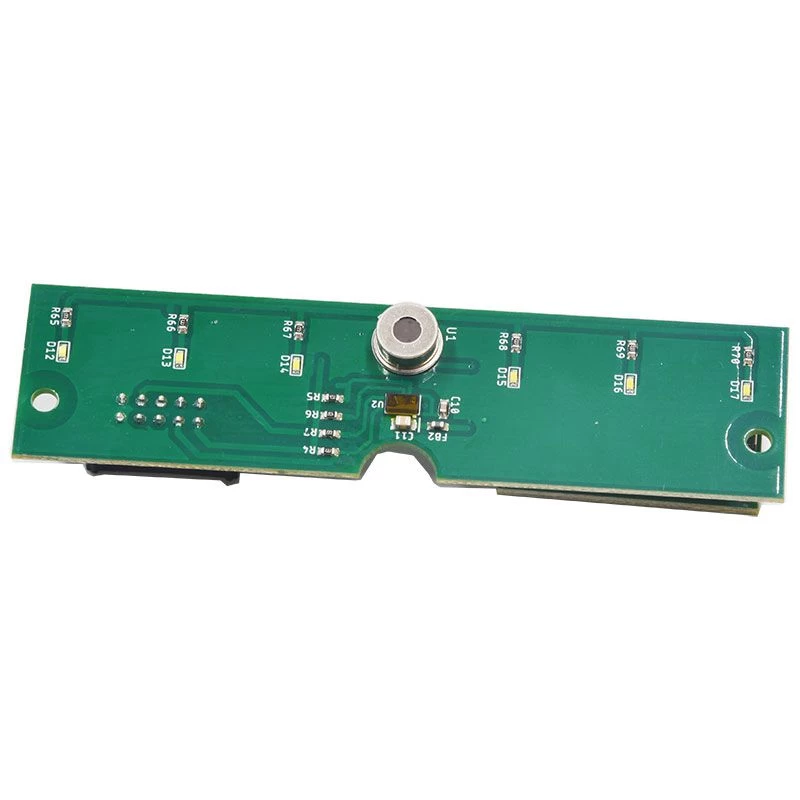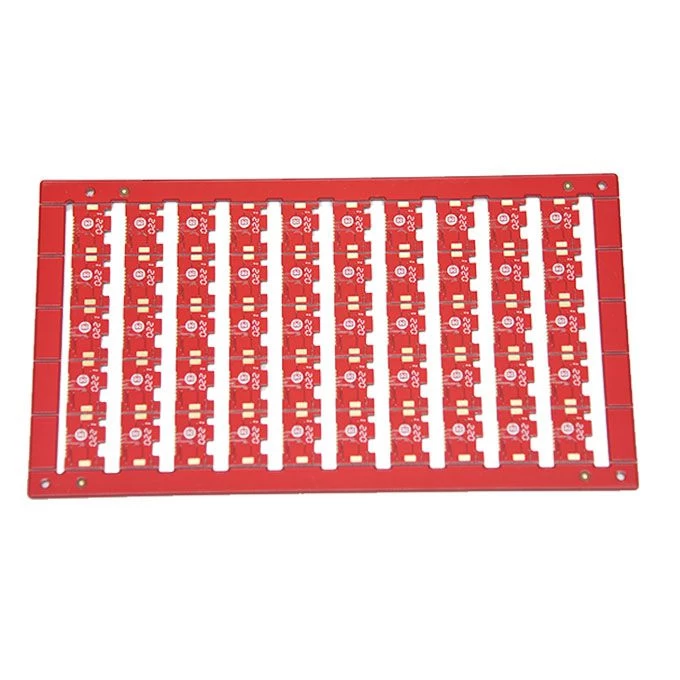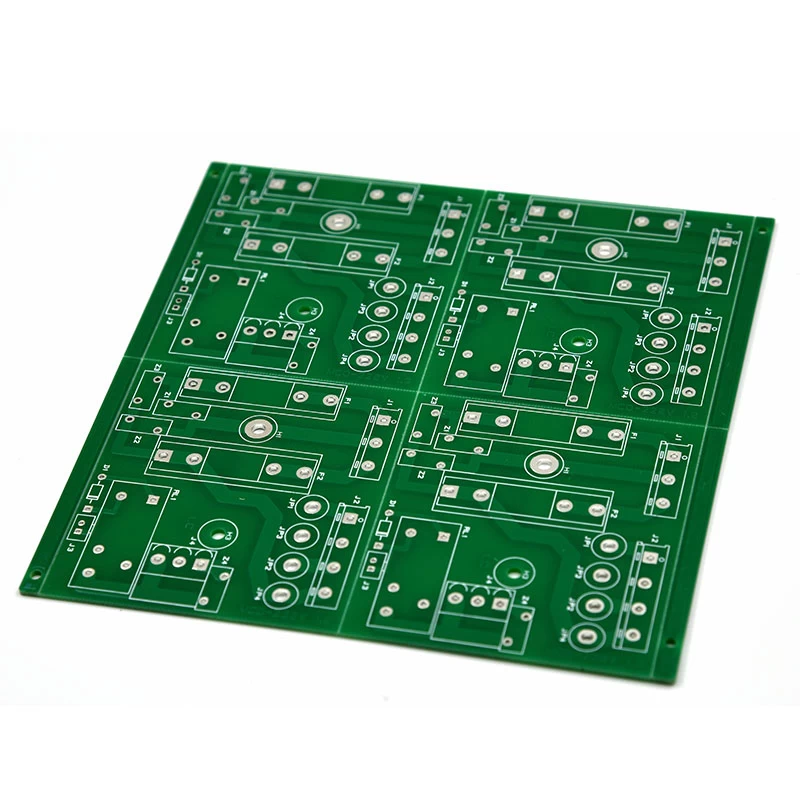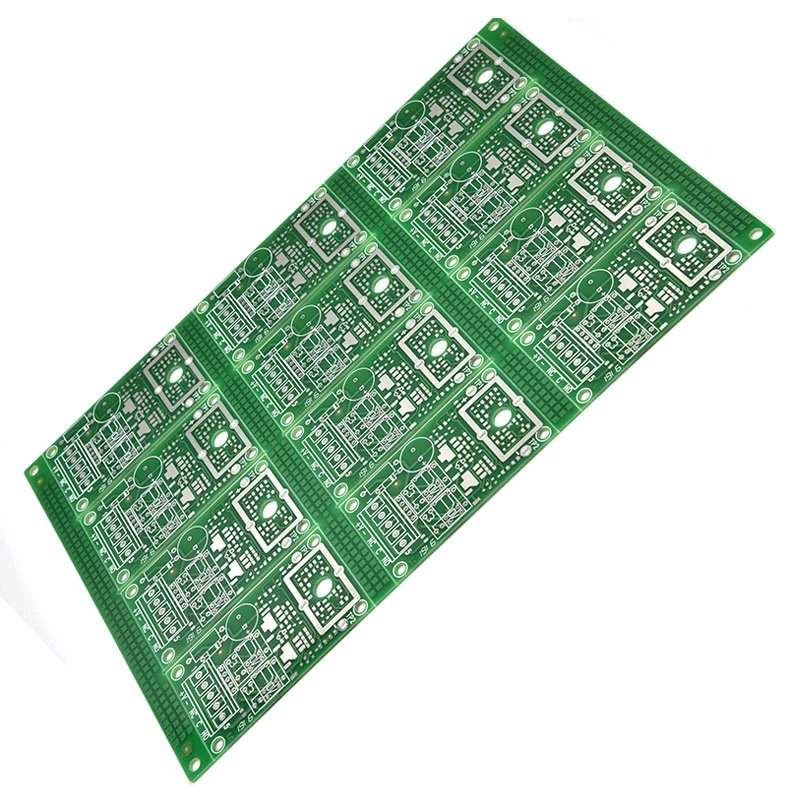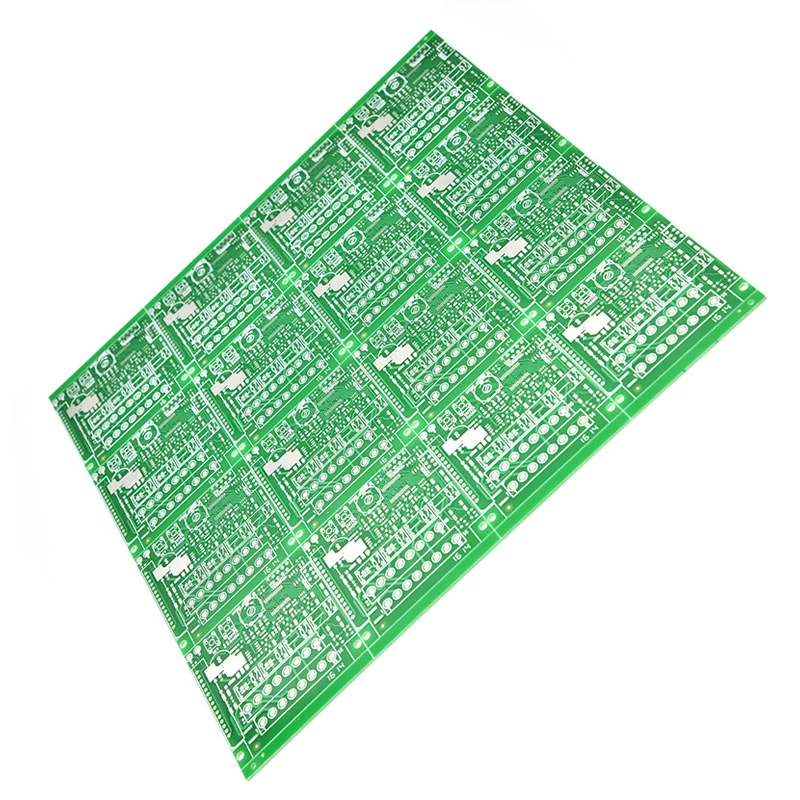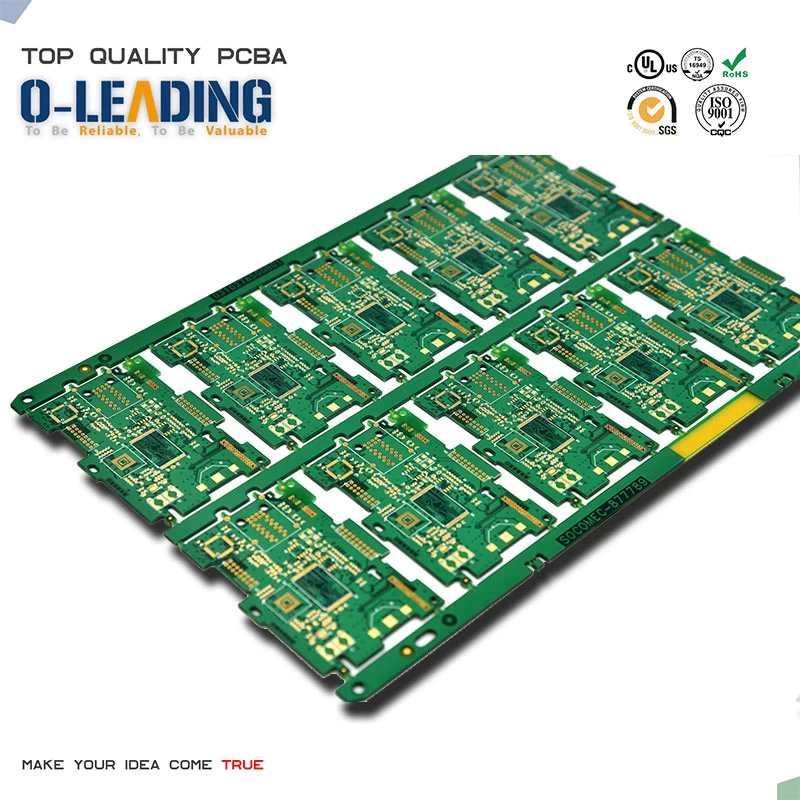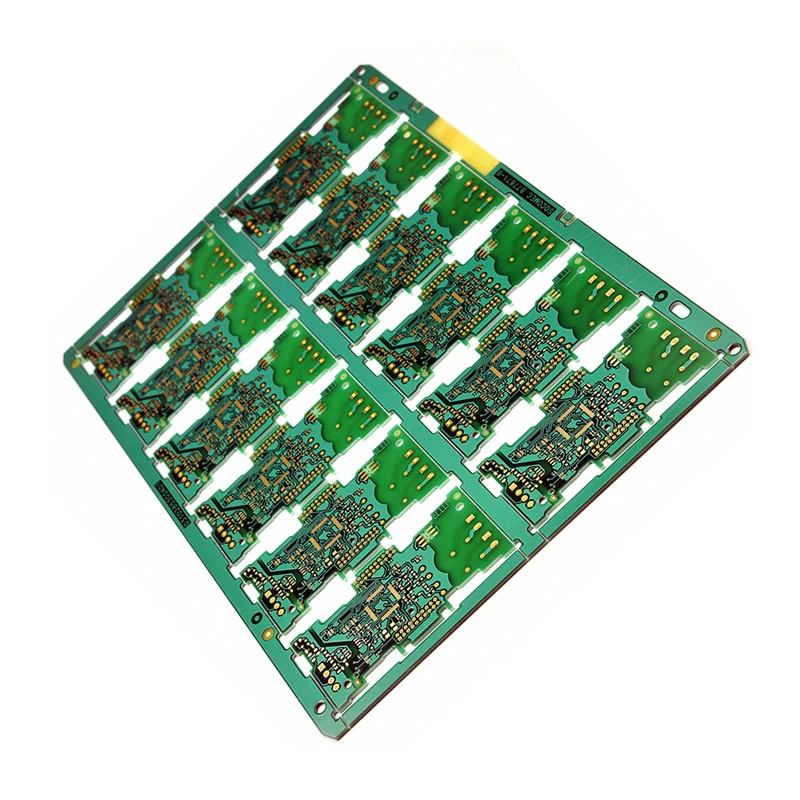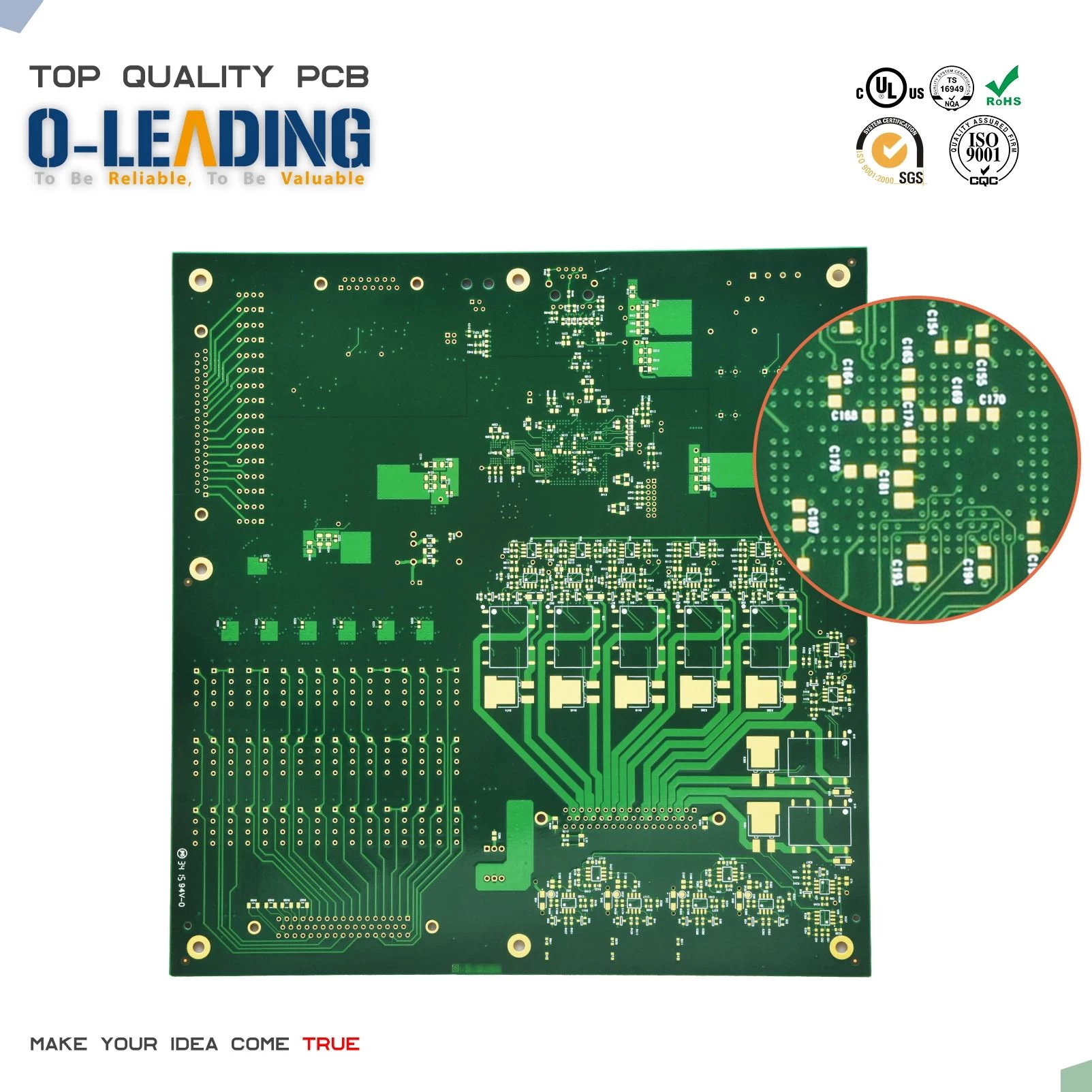PCB wiring is horizontal and vertical, beautiful but not practical?
When actually designing a PCB, I often see some engineers pursuing the art of wiring, and the wiring on the circuit board is horizontal and vertical, which looks very beautiful; while the wiring of some engineers is curved. , Like to be chaotic and easy to adjust; some engineers will always pursue the shortest distance routing, can not be diagonally horizontal and vertical.
So, is there any difference between the various routing styles? This article introduces the technology and art of PCB routing.
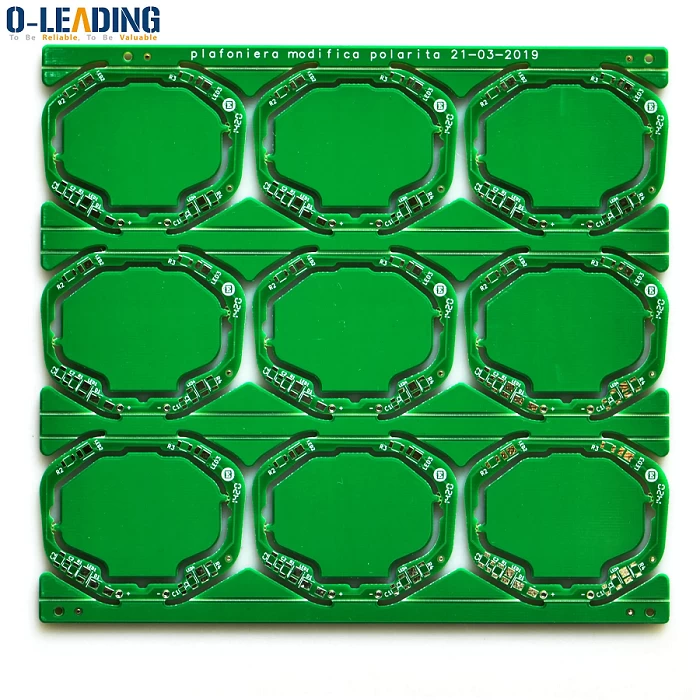
FR-4 UL approved led pcb board prototype fabrication
Horizontal and vertical problems
The basic material of PCB is copper clad laminate. At present, common FR-4 is made of electronic glass fiber cloth as reinforcement material, impregnated with epoxy resin, covered with copper foil of a certain thickness, and then processed by hot pressing.
At low frequencies, the glass fiber cloth has little effect on the electrical properties of the PCB, and the medium can be considered to be uniform; but at high frequencies, the local characteristics of the dielectric layer will have a great influence on the electrical characteristics of the PCB.
Different fiberglass cloths have different widths and spacings of warp and weft yarns. According to the horizontal and vertical wiring strategy, the PCB traces are always at 0° or 90° to the edge of the substrate, which will cause the transmission line direction to be parallel to the glass fiber latitude and longitude directions. There will be several situations at this time: the transmission line is directly above the warp glass fiber bundle, the transmission line is directly above the weft glass fiber bundle, the transmission line is between two warp glass fiber bundles, and the transmission line is between two weft glass fiber bundles.
Due to the large difference in relative dielectric constant of glass fiber cloth and epoxy resin (epoxy resin is about 3, glass fiber cloth is about 6). Therefore, there are differences in the dielectric constants at different positions on the board surface, resulting in differences in impedance at different positions on the board surface. At the same time, due to the different positions of the same impedance line, the dielectric constant is not uniform. The effect on the differential pair is more obvious and may cause the eye pattern to collapse.
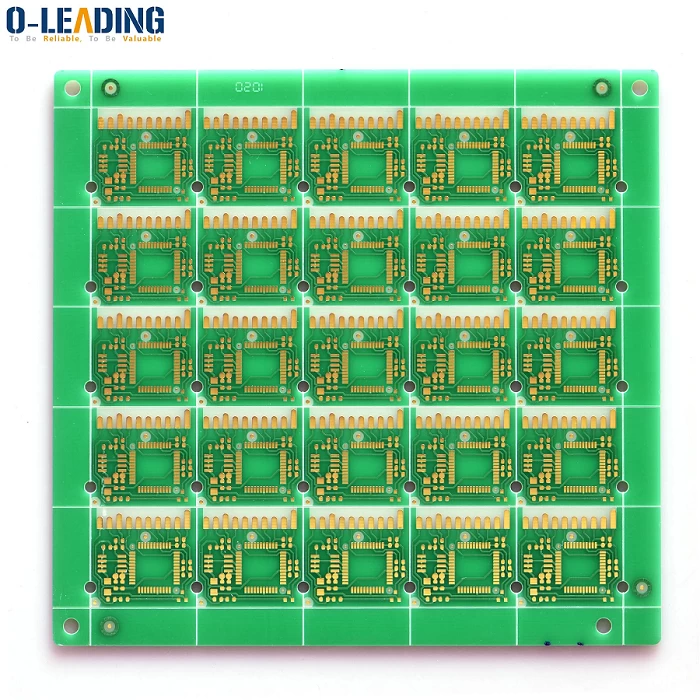
oem customized rohs pcb supplier
According to the above explanation, although the horizontal and vertical wiring is beautiful, it is not necessarily practical. In the actual design, the functional performance must be given priority, the aesthetic art is second, and the best is of course both easy to use and beautiful.
The actual design is not necessarily problematic, and may depend on the following factors:
The differential trace is exactly one on the glass fiber bundle and one on the epoxy resin;
The width and length of the trace;
The speed of the bus, etc.
Solution
In response to the above phenomenon, some possible solutions are as follows:
Route to avoid the weaving distance of the glass fiber bundle;
The distance between the differential traces just avoids the weaving distance of the glass fiber bundle;
Zigzag alignment;
With a certain angle of routing;
Designer rotation design;
PCB manufacturers rotating substrates;
Use high-end substrate materials;
Use tighter glass fiber material (glass fiber bundle braid spacing is small);
Deskew
Increase the electrical margin, etc.
The above is a brief introduction to the glass fiber effect in PCB. In the actual design process, the shortest physical distance is definitely very important, so that the delay will be the smallest. But at the same time, it is necessary to select the most reasonable routing method according to the difficulty of the wiring and the characteristics of the transmission line. On this basis, the design should be as artistic as possible.

